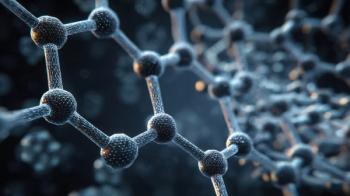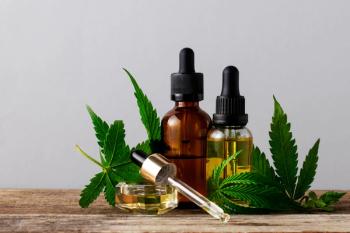
iPad application unveiled at HPLC conference
Waters launched its Apple iPad application at the recent HPLC conference that took place last month in Budapest, Hungary. The app will allow customers to choose the most appropriate sample plates, vials and filters at the touch of the screen.
Waters launched its Apple iPad application at the recent HPLC conference that took place last month in Budapest, Hungary. The app will allow customers to choose the most appropriate sample plates, vials and filters at the touch of the screen.
Commenting on this move into mobile communication technology, Dr Mark Baynham, director, channel management at Waters, said, "Many of our customers are extending the use of mobile devices into their professional lives, including laboratory management. For those customers, we have approached the development of our iPad app with the same level of understanding and commitment to innovation that Waters brings to all product development. The initial app has been designed specifically for the iPad platform and sets the stage for future innovative tools designed for lab scientists."
Developed in collaboration with Roundarch, a leader in digital design and development for the world’s largest organizations, the architecture allows for future expansion and updates without needing to install a new version of the app.
The Waters iPad app is available for download at the
Newsletter
Join the global community of analytical scientists who trust LCGC for insights on the latest techniques, trends, and expert solutions in chromatography.




